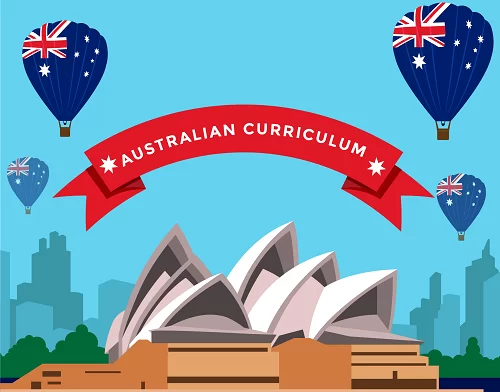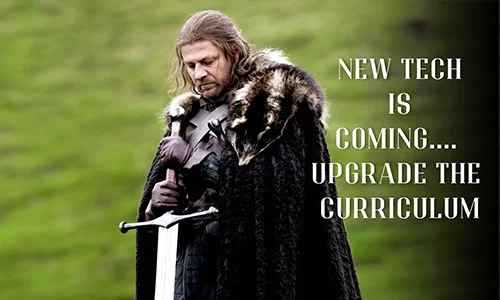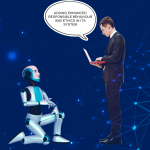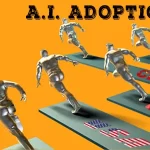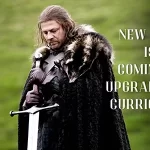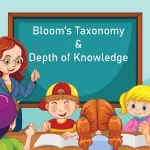Curriculum development is a step-by-step procedure for making constructive changes to a school’s, college’s, or university’s course offerings. School courses must incorporate new findings as the world continues to evolve. Educators are continually developing new teaching techniques and strategies in order to improve the student learning experience. As a result, a college or university must have a plan in place for recognizing these adjustments and then for being ready to incorporate them into the curriculum.
This article will describe what curriculum development is and how educators can employ the main models of curriculum design to ensure the success of any course. The importance of a well-thought-out course plan in any classroom—and for any group of students—will be clear to readers.
What is Curriculum Development?
The way one thinks about and theorizes education has evolved dramatically over time. The most basic definition of the term “curriculum” nowadays is the disciplines that comprise a course of study at a school, university, or college. Course planning and development are both terms teachers often use to describe curriculum development.
It is critical to note that course design varies. A math course at one university may cover the same content as another. However, the instructor may present it differently. The basics of curriculum development, on the other hand, do not change.
Walker’s Model of Curriculum Development

Decker Walker earned his Ph.D. in 1971 as an assistant professor of education at Stanford University. His area of expertise was curriculum, and the process of curriculum development and the formulation of curriculum policy particularly sparked his interest.
What is the Naturalistic Model, and How Does it Work?
In contrast to Tyler’s classical prescriptive model, Walker’s model is a descriptive one. Communicative approach is another name for it. The communicative approach begins with the designers’, target group’s, and other stakeholders’ more subjective impressions and perspectives.
Instead of recommending how curriculum planning should be done, the word naturalistic explains how it is done. Walker believes that if people were involved in the process and came to an agreement on the end output, better curriculum planning and development would occur.
Platform, deliberation, and design are the three steps of curriculum preparation in this methodology.
Platform: At this point, the curriculum workers bring their own beliefs, knowledge, and values to the table. This is akin to the concept of pre-printing a syllabus.
Deliberation: This phase specifies which facts are required for the means and purposes, as well as the generation of alternatives and consideration of the alternatives’ effects. The analysis of different costs and repercussions and selection of the optimal option for the upcoming curriculum work also employs this.
Design: Finally, this step entails curriculum preparation, decision-making, and implementation.
The level at which the development is taking place has an impact on this curriculum development model. Educators utilize it for curriculum development at a macro level. It also emphasizes the designers’, target group’s, and other stakeholders’ subjective perceptions and perspectives.
Taba’s Model of Curriculum Development

Hilda Taba contributed to the theoretical and pedagogical foundations of concept development and critical thinking in the social studies curriculum, as well as helped to lay the groundwork for education. She also developed a multipurpose teaching paradigm that incorporates a variety of processes, such as listing, grouping, re-grouping, labeling, and synthesizing. Taba’s “Grassroots method” is a modified version of Tyler’s model.
Steps of Hilda Taba’s Curriculum Development Model
This learning paradigm was created by Hilda Taba. Taba thought that constructing a curriculum follows a logical and linear order. She advocates for the “Down-Top model”, also known as the “Grassroots method.” She advocates for teachers to play a prominent role. Following are the seven steps of Taba’s Grassroots model.
-
Learners’ Needs Diagnosis:
The teachers who are also the curriculum designers begin the process by determining the requirements of the pupils for whom they need to design the curriculum. For example, the majority of students are incapable of critical thinking.
-
Establishing Objectives:
After the instructors recognizes the learners’ needs that require attention, they determine the goals that they will use to meet those requirements.
-
Choosing the Content:
The objectives chosen or produced suggest the curriculum’s subject or substance. It is necessary to determine the validity and significance of the chosen content in addition to the aims and substance, that is, the content’s relevance and significance.
-
Organization of the Content:
A teacher must not only select content but also organize it in a particular sequence that takes into account the learners’ maturity, academic achievement, and interests.
-
Choosing Learning Experiences:
Students must be presented with content and be actively interested in it. At this point, the teacher should choose an educational style that will engage pupils in the material.
-
Organizing Learning Activities:
Learning activities should be ordered in a sequence based on both the content sequence and the characteristics of the learners. The teacher must consider the kids he or she will be instructing.
-
Evaluation:
The curriculum planner, that is, the educator, must determine whether the objectives were met. To assess the achievement of learning objectives, evaluation processes need to be created.
Tyler’s Model of Curriculum Development

The Tyler Model is the definitive prototype of curriculum development in the scientific approach, developed by Ralph Tyler in the 1940s. One might virtually argue that every licensed teacher in America, and possibly abroad, has designed a curriculum using this paradigm or one of its numerous versions, either directly or indirectly.
Tyler did not aim for his contribution to the curriculum to serve as a development model. Initially, he put his thoughts down in a book called Basic Principles of Curriculum and Instruction for his students to give them an understanding of how to make curriculum. Tyler’s model is brilliant since it was one of the earliest, and it was (and still is) a very simple model consisting of four steps.
Curriculum and Instructional Fundamentals
-
Determining the Goals of the School (AKA Objectives)
The first step is to figure out what the school’s goals are. To put it another way, what must students do in order to be successful? Each subject has its own set of natural goals that serve as signs of mastery. All objectives must be congruent with the school’s philosophy, which teachers frequently overlook in curriculum development. For instance, a school designing an English curriculum would set a goal for pupils to produce essays. This would be just one of the curriculum’s numerous goals.
-
Identifying Educational Experiences that are Relevant to the Goal
Step two is to create learning experiences that will assist students in completing step one. For instance, suppose educators require students to complete an essay. They may demonstrate how to write an essay as part of the learning experience. The pupils may then get the opportunity to practice writing essays. The experience (essay writing and demonstration) is in line with the goal (students will write an essay).
-
Organizing the Experiential Learning
The third step is to classify the experiences. Is it better for the teacher to demonstrate initially, or for the pupils to learn by writing right away? Either technique could work, and the preference is determined by the teacher’s mindset and the students’ needs. The point is that the teacher must decide on a logical order for the students’ experiences.
-
Assessing the Objectives
The fourth and last phase is to evaluate the objectives. The teacher is now evaluating the students’ abilities to compose an essay. This can be accomplished in a variety of ways. For example, the teacher could assign pupils to write an essay on their own. If they are able to do so, it indicates that the students have met the lesson’s goal.
This model has a few variations. Educators, on the other hand, still widely regard the Tyler model as the most effective paradigm for curriculum development.
Wheeler’s Model of Curriculum Development

Wheeler created a five-phased cyclical model of curriculum development, which appeared to address Tyler’s criticisms. His cyclical model resembles both linear and Taba’s interactive models in many ways. The following are the essential components of Wheeler’s model:
- Aims, goals, and objectives must be chosen.
- Educators must select learning experiences.
- Content selection which delivers specific types of experiences
- The organization and integration of learning experiences and content in relation to the teaching-learning process in the classroom and school
- Evaluation of all aspects of all other phases’ effectiveness in achieving the goals
This model depicts a cyclic and continuous process, implying that curriculum development should always be moving from one step to the next; it should never stop. The curriculum planner and the teacher are involved in a series of continual decision-making processes about a wide range of elements in Wheeler’s approach, which is considered dynamic rather than static. Because of its broad application, Wheeler advises that educators must employ this technique in all curriculum development at any level.
This model has a number of advantages. The cyclic model responds to changing needs, which necessitates continuous updating of the curricular process.
They are adaptable and relevant to students in specific scenarios. Adoptions and adaptations are conceivable due to the dynamic nature of the system, as long as there is a good objective that the activities fulfill.
The aspects of the curriculum are seen as interconnected and interdependent in this model. It allows for some interaction between the various aspects of the program.

To Sum Up
It is not easy to create, construct, and implement an education program, especially when it comes to online learning. Instructors have their work cut out for them, with educational technology playing an increasingly important part in higher education and today’s diverse student body.
Educators, on the other hand, will be setting themselves—and their students—up for long-term success if they follow the core standards and framework of curriculum development.
Image Sources: Shutterstock and Unsplash
For more information on curriculum development models, visit our blog.
Create. Engage. Inspire.


